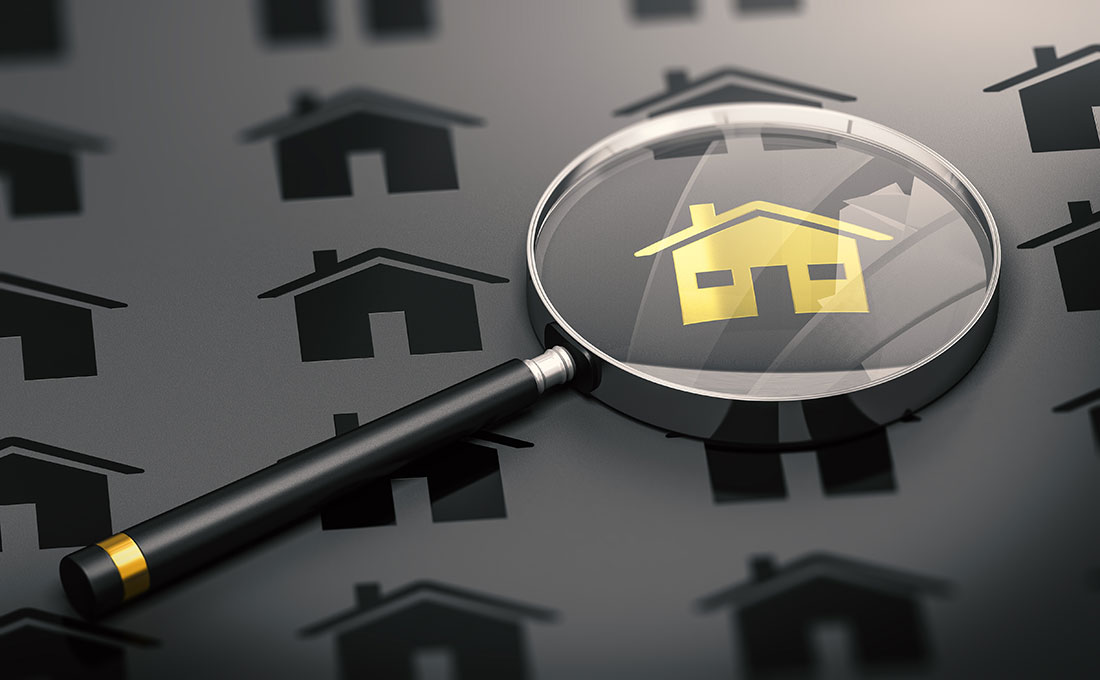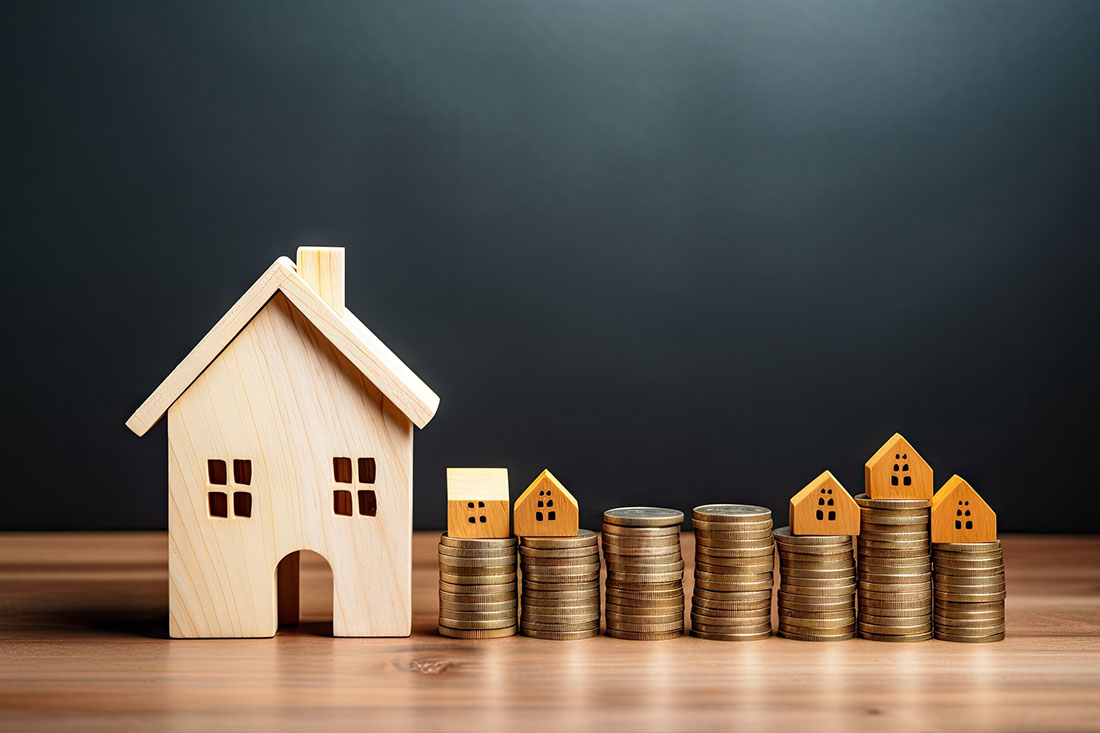Since 2010, it’s become more common and more popular for people to invest in real estate. Investors are shying away from the stock market. Why? It’s become volatile.
Some History
The in 1980s the large financial institutions marketed “freedom 55”. The idea was to build up a “nest egg” of $1 million by the time you were 55 years of age, invest it in a GIC at 8 – 10% and live off the income of $80, 000 – $100,000 per year. Simple and effective.
In the 1990s, without warning, it suddenly became known as freedom 65. With GIC rates at 5 – 6%, you were then expected to work until 65. Why? Because you $1 million nest egg was only earning you $50,000 – $60,000 per year.
The trend continued.
GICs and term deposits were losing their appeal. No one was going to live lavishly off the income of their $1 million GIC if it was only earning them less than 5% per year in interest.
People Turn To Real Estate Investments
People began to turn to invest in real estate because it offered 3 things that the stock market seemingly could not:
- Cash Flow
- Appreciation
- Mortgage Paydown
Cash Flow: The Appetizer
Most investors focus on #1 – Cash Flow. With a $50,000 down payment, every $50/month of positive cash flow can generate an annual return of about 1.2%. With positive cash flow, there is no need for investor’s to support their property with money from their working income. As appealing as it sounds, cash flow isn’t where investors see the most gain from investing in real estate.
Appreciation: The Main Course
If cash flow can be seen as the appetizer, then #2 – Appreciation, is the main course. In Canada, the typical property has appreciated by 5% per year. Does this mean you’ve earned 5% on your investment? In a word: no, unless you had enough money set aside to buy the property outright. If you had to borrow any money to buy the property, the situation becomes very different.
Say you buy a property for $200,000 that appreciates 5% per year, your property gain for that year is $10,000. However, if you could only afford a down payment of $50,000 and you had to borrow $150,000 to do so, your $10,000 property gain was really a 20% annual return based on your $50,000 down payment.
The real key to generating the highest return possible is finding markets in Canada that will see the greatest appreciation. . If you can find an area that is likely to appreciate at 10% per year, your annual gain on the property would be $20,000 per year which would be an annual return of 40%.
Mortgage Paydown: The Dessert
When interest rates were at 6%, a mortgage payment of $960 was made up of principal, plus interest of 6%, meaning that only a fraction went to your principal paydown. In this case only 23.4% or $225.
Now we are in an environment of low interest rates and that same loan amount at 2.99% has a much lower payment of $709. Even more importantly, the principal amount of the payment has jumped to $342/month. Investors are earning 8% per year just by the amount that is being paid down on your mortgage.
If you assume that your property is going to appreciate at 3% per year, you’re looking to earn 1.2% per year on your cash flow. This is just over 8% on your mortgage paydown and 12% on your appreciation for an annual return of over 20% per year. Finding better appreciating markets earns you more per year. A market that appreciates 5% per year can earn almost 30% per year in annual returns. A market that appreciates by 10% per year can earn almost 50% per year.
These 3 items – Cash Flow, Appreciation, and Mortgage Paydown – make investing in real estate one of the most powerful wealth building tools available today.




